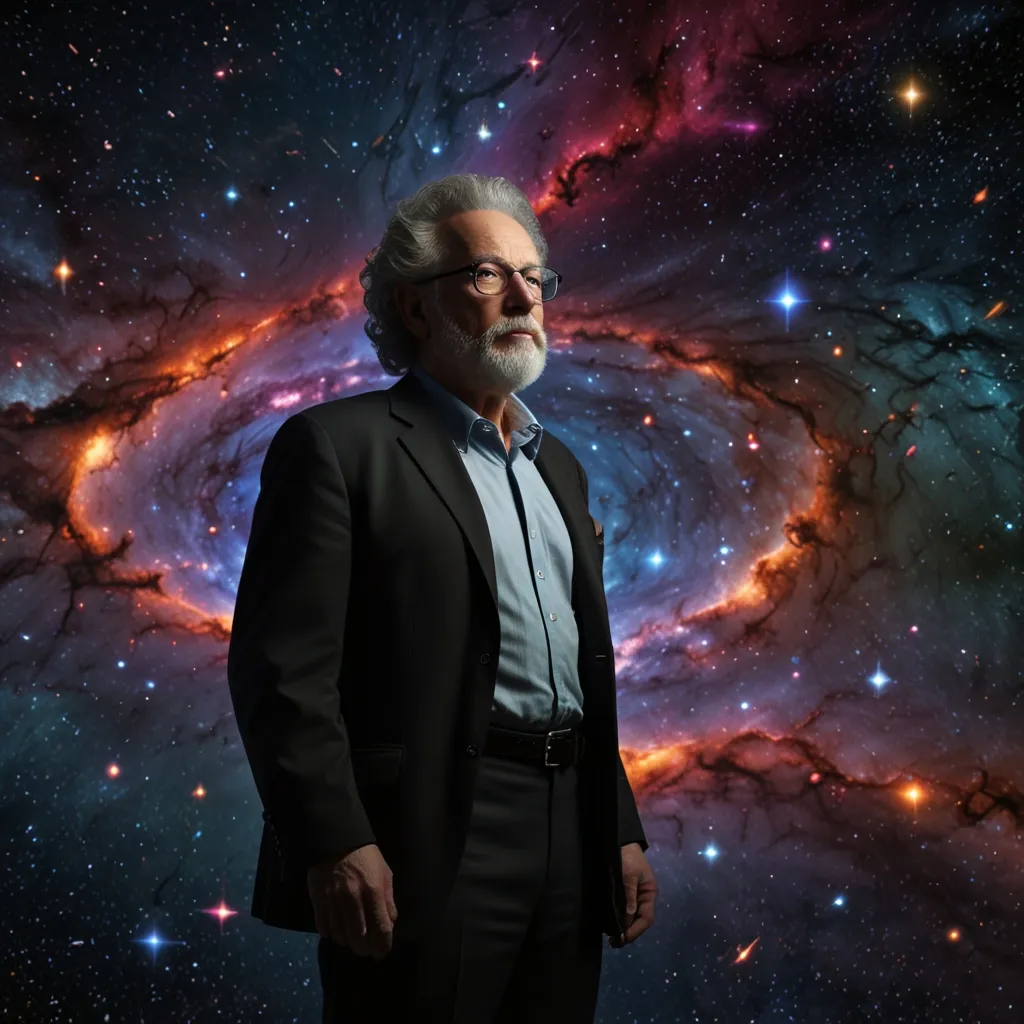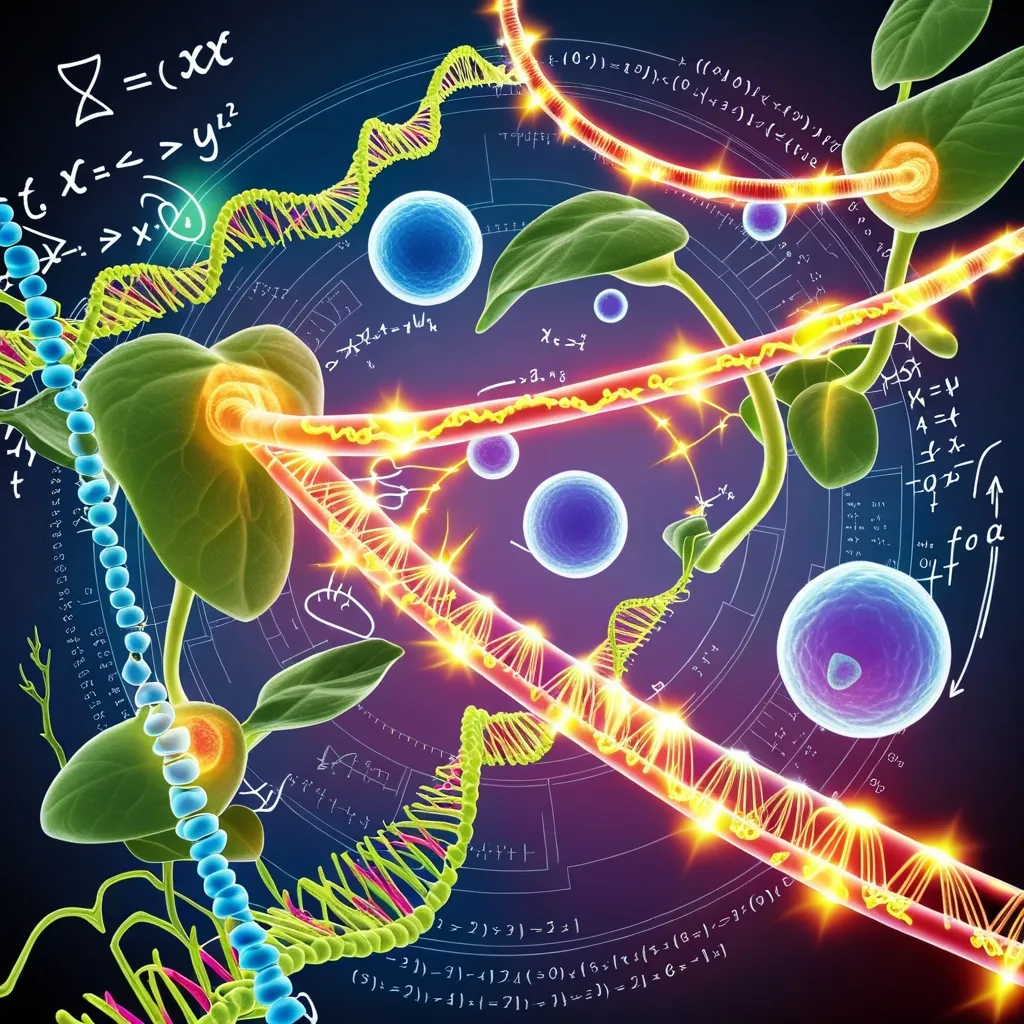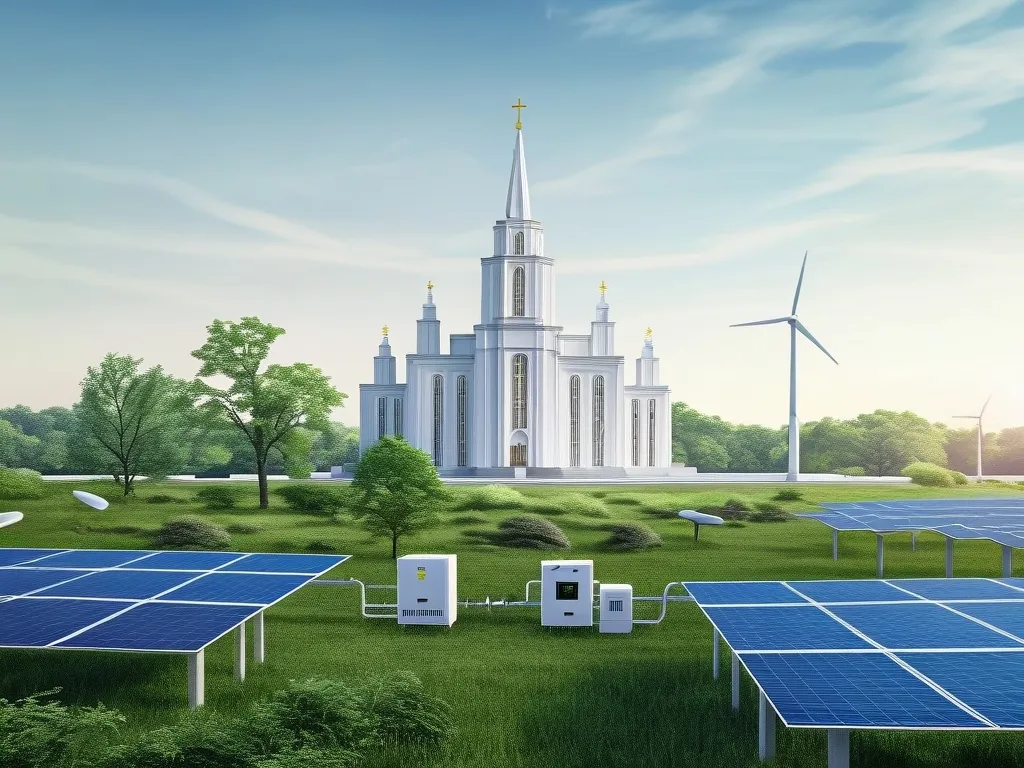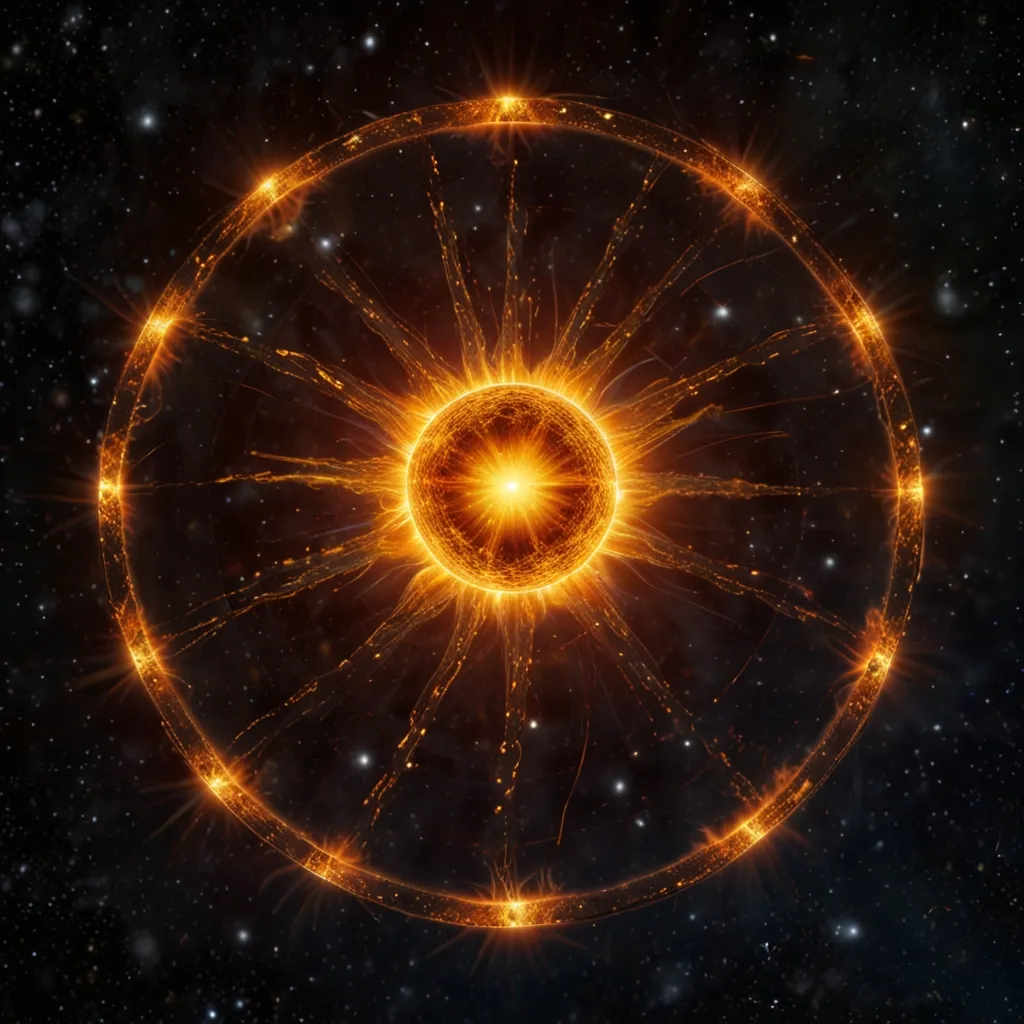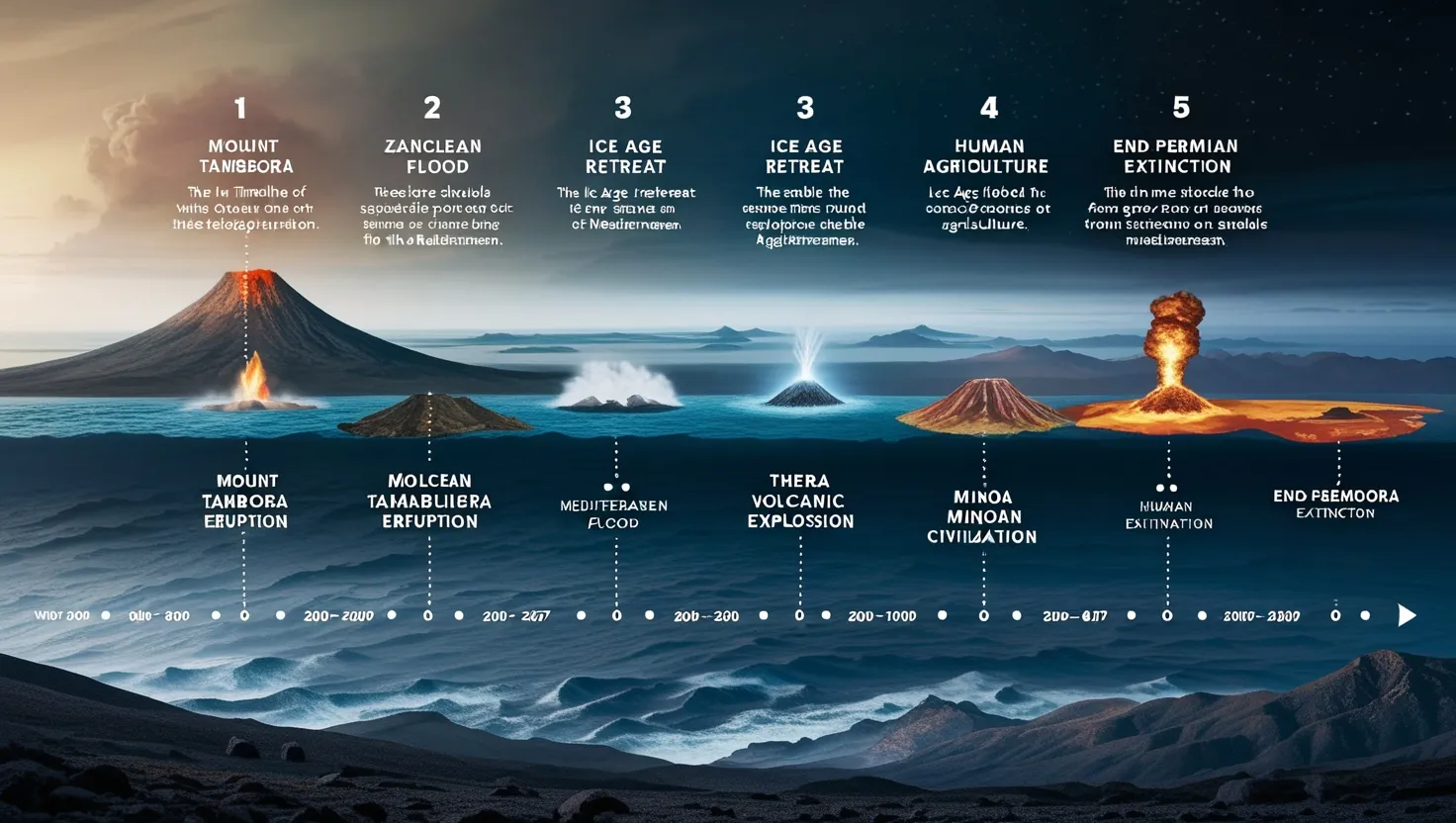The pursuit of a “theory of everything” remains the ultimate goal in physics—a comprehensive framework that fully explains the nature of reality. This theory would tackle questions like the essence of dark matter and dark energy, and reconcile the seemingly incompatible quantum mechanics and general relativity. It aspires to show that all forces emanate from a single master force and all particles from one super particle, ultimately answering why everything exists as it does.
So, do we have this theory? Not quite. But we have the standard model of particle physics, our best attempt so far. This model is the most successful and thoroughly tested description of reality. It covers the subatomic structure of atoms, explains chemistry, magnetism, nuclear physics, and more. However, it has one notable blind spot: gravity. The equations of quantum mechanics simply don’t account for it, and there’s no quantum theory of gravity yet.
The standard model doesn’t predict everything. There are 19 parameters it can’t explain, known as free parameters. These include the masses of certain particles like quarks and leptons, the strength of the Higgs field, and the interaction strength between quarks and gluons. These constants have to be measured and manually included in the equations. If you ask why these constants are what they are, the only answer is that they just happen to be this way for our universe. In a different universe, these numbers could be different, leading to different physical laws and reality.
What if these constants were different? That could mean a universe that’s either slightly or entirely different from our own. For instance, a stronger electromagnetic force might create smaller atoms but still enable chemistry. On the other hand, significantly different masses for up and down quarks could prevent the formation of atoms altogether, resulting in a universe without solid structures or chemistry.
This fine-tuning leads to intriguing theories, like the multiverse theory, suggesting an almost infinite number of different universes with varying constants. One prominent theory supporting this is M-theory, a unification of string theories that proposes strings as one-dimensional slices of two-dimensional membranes in an 11-dimensional space-time. According to this theory, there’s a mind-boggling number of possible universes, potentially as high as 10^500.
M-theory has its issues, though. For example, it predicts a particle called the graviton, which we haven’t detected yet. It also requires the universe to have up to 11 dimensions. The missing dimensions could be compactified on a tiny scale, much like how a rug seems two-dimensional from afar but reveals thickness and texture up close. Picture small loops and complex shapes, like Calabi-Yau manifolds, where strings vibrate to determine the particles they represent. The shape of these extra dimensions could dictate the constants in our universe.
Can we test these theories? Potentially. The Large Hadron Collider (LHC) could offer clues. If a collision shows less energy than expected, the missing energy might have moved to extra dimensions. So far, the LHC hasn’t confirmed extra dimensions, but the search continues. Meanwhile, the soon-to-launch James Webb telescope could shed more light on the universe, maybe even revealing interactions with other membranes.
In essence, we may just exist in one of countless universes where conditions happen to support life. The universe we know might not be special; it’s simply where we find ourselves. And honestly, I’m glad we’re in it together.
